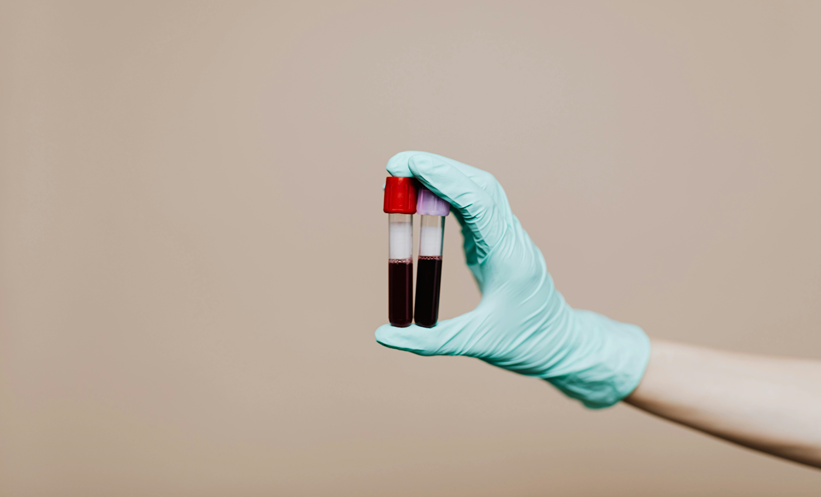NEW, less invasive therapy has been discovered for the treatment of prostate cancer. The therapy provides a middle ground for men who have previously had to decide between radical prostatectomy and active surveillance.
Researchers at the University of California, Los Angeles, (UCLA) California, USA, have discovered that laser ablation, which uses heat to target cancerous tumour cells, could prove a feasible and safe option for prostate cancer patients. The magnetic resonance imaging (MRI) guided focal laser ablation has had no serious adverse effects or changes in urinary or sexual function 6 months after the procedure.
The Phase I study used MRI to guide the insertion of a laser fibre into cancerous tumours. When heated, the laser was then able to destroy the cancerous tissue. The follow-up study indicated that this technique was ready to be implemented in a clinical environment. Researchers specified that this could be done using a special device called Artemis™, which was first introduced at UCLA in 2009 and has since performed 2000 image-fusion biopsies. This device combines both MRI and ultrasound for real-time imaging, meaning that both screening and treatment for prostate cancer could be performed in tandem for the first time.
Historically, prostate cancer has been treated with surgery and radiation but the outcome of such procedures presents serious risks such as erectile dysfunction and urinary incontinence. If the laser technique proves successful, it could expand and improve treatment options and outcomes for such cancers. Prof Leonard Marks, Department of Urology, UCLA, California, USA, explained their reasoning: “Our feeling was that if you can see prostate cancer using the fusion MRI and can put a needle in the spot to biopsy it, why not stick a laser fibre in the tumour the same way to kill it […] What we are doing with prostate cancer now is like using a sledgehammer to kill a flea.”
This new study provides proof that laser ablation can be done safely and effectively with MRI. In any case, in the present study eight males underwent ablation and none demonstrated adverse effects or changes. At the 4-month follow-up these results were unchanged, a finding corroborated by a later study on a further cohort (N=11).
(Image: freeimages.com)







